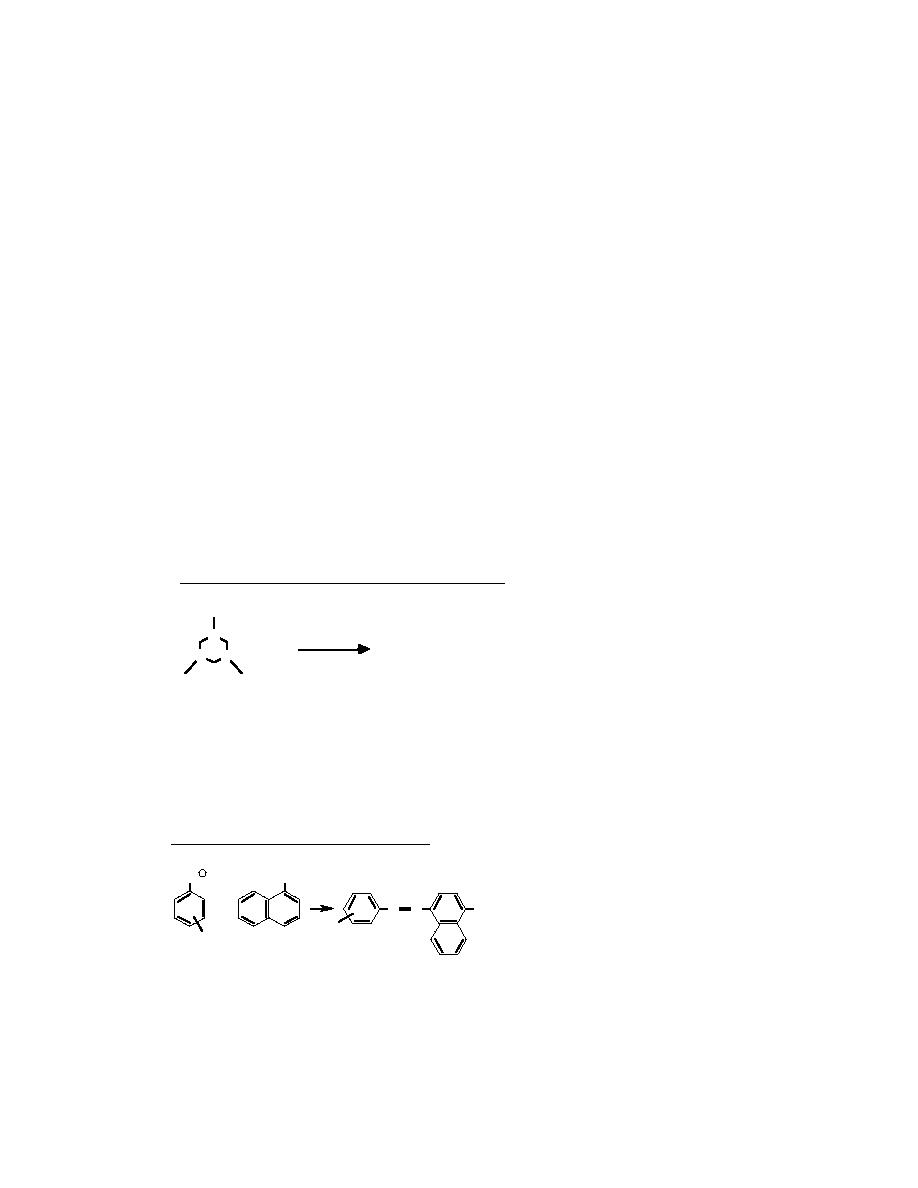
extracted with acetone, and the diluted acetone extracts are incubated with TNT-enzyme conjugate
in microtiter wells coated with antibody. Upon completion of the incubation, the unbound analytes
are rinsed away, substrate is added, and the developed color is measured with an ELISA plate-read-
ing spectrophotometer at 450 nm. The extraction step specifies a 2-g portion of soil and 8 mL of
acetone and two minutes of mechanical shaking.
Enzyme immunoassay methods for TNT are also available from Ohmicron (RaPID Assay, New-
town, Pennsylvania) and Idetek (Quantix, Sunnyvale, California). The Ohmicron method is a mag-
netic particle-based method run in test tubes; it specifies extraction of a 10-g portion of undried soil
with 20 mL of methanol in a special extraction container by manually shaking for one minute fol-
lowed by a five-minute settling time prior to filtration with a filter cap. The Idetek method, which is
functionally very similar to the EnviroGard method described above (Table 1), specifies that a volu-
metric portion of soil (corresponding to about 4.2 g of soil) is added to a soil extraction bottle with 21
mL of acetone; the sample is shaken manually for three minutes and is used without filtration.
Field methods for RDX
Considerably less attention has been devoted to field screening for RDX than for TNT. RDX does
not respond to either the TNT colorimetric or EIA-based screening methods and is one of the com-
pounds most often found at munitions-contaminated sites in the U.S. (Walsh et al. 1993). Forensic
chemists have used colorimetric-based tests for RDX for many years to identify RDX in post-blast
residues (Yinon and Zitrin 1981), and in 1991 we reported the development of a colorimetric field
screening method for RDX in soil (Walsh and Jenkins 1991) utilizing a similar approach. This method
was based on two classical chemical reactions that have been known since the nineteenth century.
Using the Franchimont reaction (eq 3),
Equation 3. FRANCHIMONT REACTION (1897)
NO2
N
Acetic Acid
+
Zn
3 HNO2
N
N
O2N
NO2
RDX
RDX, in the acetone extract described above, is reacted with zinc under acidic conditions to produce
nitrous acid, and the nitrous acid is converted to an azo dye using the Griess reaction (eq 4). The
reddish-colored product can be detected visually and quantified using absorbance measurements at
507 or 510 nm.
Equation 4. GRIESS REACTION (1864)
N2+
NR'2
+
NR'2
N
N
R
R
Griess Reaction (1864)
Azo Dye
This method utilizes the same acetone extract described above for the TNT test (Jenkins 1990) and
thus allows a single soil extract to be screened for both TNT and RDX. A similar colorimetric ap-
proach has been commercialized by EnSys.
A commercial EIA-based test for RDX has also been developed by Strategic Diagnostics (Newark,
Delaware) and is available from EM Science as the D TECH RDX Test. This method uses the same
4



 Previous Page
Previous Page
